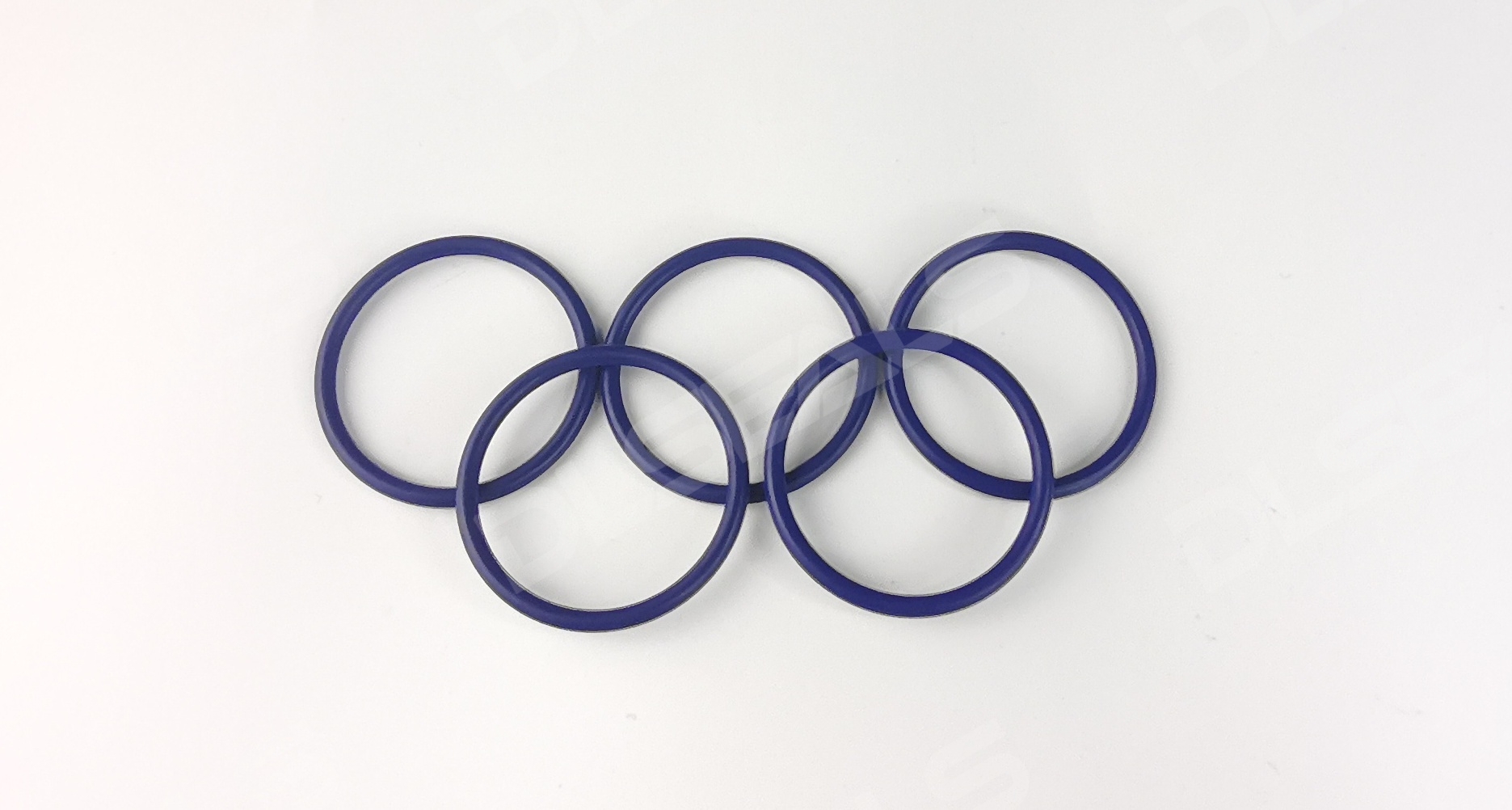Sealing rings are an indispensable component in mechanical design. They are mainly used to prevent fluid or gas leakage and ensure the sealing performance of equipment. Correctly selecting and judging the matching size of sealing rings is crucial to ensure the sealing effect. This article will introduce in detail the judgment method of the matching size of sealing rings, including size standards, influencing factors and specific steps, to help engineers and technicians make the right choice in practical applications.
1. Sealing ring size standards
The design and selection of sealing rings must follow certain international or national standards. Common standards include ISO (International Organization for Standardization), DIN (German Industrial Standard) and AS568 (American Standard). These standards specify the size, material and performance requirements of sealing rings in detail.
ISO 3601: Specifies the size and tolerance of O-rings commonly used in hydraulic systems.
DIN 3771: Applicable to the size and tolerance requirements of various seals.
AS568: American standard, applicable to O-rings in the aviation industry.
2. Influencing factors
Correctly judging the matching size of sealing rings requires consideration of many factors, including working temperature, working pressure, medium properties, movement mode and surface roughness.
Working temperature: Seals made of different materials have different tolerance ranges to temperature. If the temperature exceeds or falls below the operating temperature range, the sealing performance will be significantly reduced.
Working pressure: Under high pressure, the seal needs a higher compression rate and hardness to ensure the sealing effect.
Medium properties: Different media have different chemical corrosiveness to the sealing material, so materials with good corrosion resistance need to be selected.
Movement mode: Static seals and dynamic seals have different requirements for seals. Dynamic seals involve sliding friction, and the friction coefficient and wear resistance need to be considered.
Surface roughness: The surface roughness of the seal and the mating surface has a significant impact on the sealing effect, so it is necessary to ensure that the surface roughness of the mating surface meets the requirements.
3. Specific steps
When judging the matching size of the seal, you can follow the following steps:
Clear application requirements: First, clarify the working environment of the equipment, including temperature, pressure, medium, and movement mode.
Select materials: Select suitable sealing materials according to the medium and temperature. Common sealing materials include NBR (nitrile rubber), EPDM (ethylene propylene diene monomer rubber) and fluororubber.
Reference standards: Refer to relevant standards (such as ISO, DIN or AS568) to determine the basic size and tolerance of the seal ring.
Calculate the mating size:
Inner diameter (ID): The inner diameter of the seal ring should be slightly smaller than the diameter of the mating surface to ensure proper compression.
Outer diameter (OD): The outer diameter of the seal ring should be slightly larger than the diameter of the mating surface to ensure a good sealing effect.
Cross-sectional size (CS): Select the appropriate cross-sectional size according to the working pressure and temperature.
Verify the sealing effect: After installing the seal ring, perform a leak test to ensure that the sealing performance meets the requirements.
Adjustment and optimization: According to the test results, adjust the size or material of the seal ring if necessary until the ideal effect is achieved.
4. Example analysis
Suppose you need to select an O-ring for a hydraulic cylinder with a working pressure of 10MPa, a temperature of 80°C, and a medium of hydraulic oil.
Clear application requirements: high pressure, medium temperature, hydraulic oil environment.
Select material: Select NBR (nitrile rubber).
Reference standard: Refer to ISO 3601 and select the appropriate size and tolerance.
Calculate the matching size:
Inner diameter (ID): Assuming the matching surface diameter is 50mm, select a sealing ring with an inner diameter of 49.5mm.
Outer diameter (OD): Assuming the matching surface diameter is 60mm, select a sealing ring with an outer diameter of 60.5mm.
Cross-sectional size (CS): According to the working pressure of 10MPa, select a cross-sectional size of 10mm.
Verify the sealing effect: After installing the sealing ring, perform a leakage test to ensure a good sealing effect.
Adjustment and optimization: If the test result is not ideal, adjust the size of the sealing ring or select other materials until the ideal effect is achieved.
5. Conclusion
Correctly judging the matching size of the sealing ring is the key to ensuring the sealing performance of the equipment. By clarifying the application requirements, selecting the appropriate materials, referring to the standards, calculating the matching size, verifying the sealing effect and adjusting and optimizing, the use effect of the sealing ring can be effectively improved and the service life of the equipment can be extended.
Post time: Feb-06-2025

